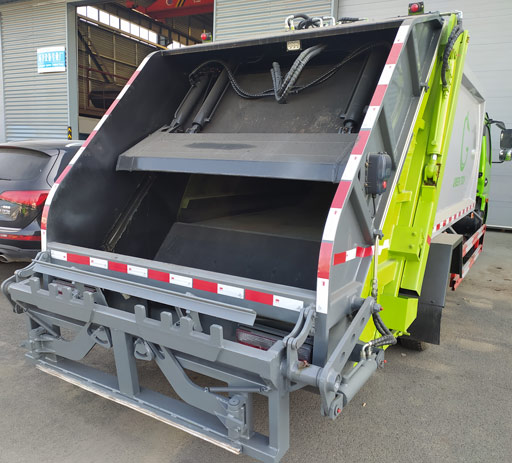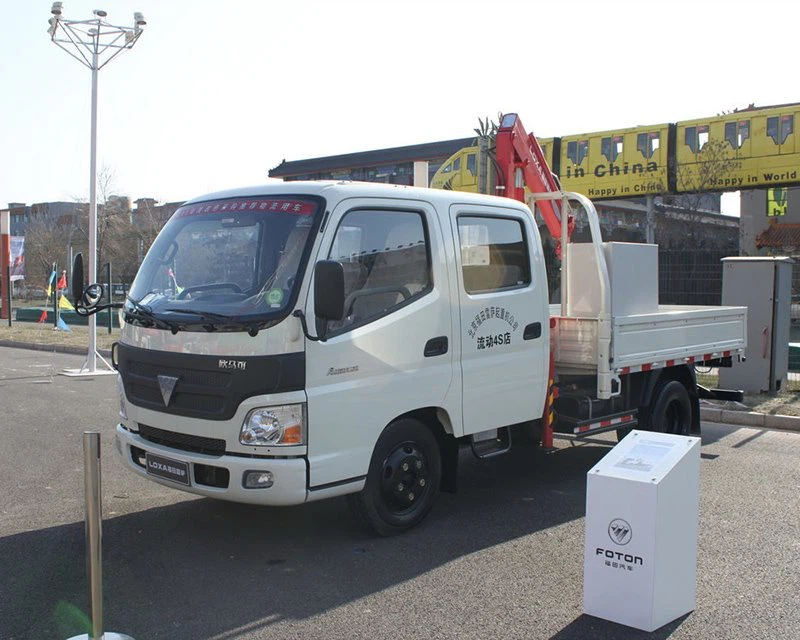LPG Vehicle Tanks: Everything You Need to Know

Introduction
Liquefied Petroleum Gas (LPG) vehicles are gaining traction as a safe, efficient, and environmentally friendly alternative to traditional fuel systems. Central to the operation of these vehicles are the LPG vehicle tanks, which store the gas used to power the engine. Understanding the design, functionality, maintenance, and safety concerns surrounding LPG vehicle tanks is crucial for anyone considering a switch to LPG or looking to maintain their current vehicle. This article will delve into every aspect of LPG vehicle tanks, providing valuable information, practical examples, and tips for optimal use.
What Are LPG Vehicle Tanks?
LPG vehicle tanks are specialized containers designed to safely store liquefied petroleum gas. These tanks must meet stringent safety standards and regulations to ensure they operate safely under various conditions. They allow for the efficient storage of gas in a liquid state, which can then be vaporized for use in combustion engines.
Types of LPG Vehicle Tanks
There are primarily two types of LPG vehicle tanks:

- Duck Tank: Available in various sizes, the duck tank features a cylindrical shape and is typically installed in vehicles where space allows.
- Vertical Tank: These tanks stand upright and can be found in many commercial vehicles due to their higher capacity.
Key Components of LPG Tanks

The main components of LPG vehicle tanks include:
- Pressure Relief Valve: Essential for preventing excess pressure build-up.
- Safety Shut-Off Valve: Activates during emergencies to stop gas flow.
- Level Gauge: Indicates the amount of LPG inside the tank.
- Fill Valve: Used to refill the tank with LPG.
Why Choose LPG Vehicle Tanks?
LPG vehicle tanks come with a myriad of benefits that make them an attractive choice for vehicle owners:
Environmental Benefits
LPG is a cleaner-burning fuel compared to gasoline or diesel, producing fewer harmful emissions.
Cost-Effectiveness
Using LPG often results in reduced fuel costs, making it a more budget-friendly option in the long run.
Performance Benefits
Vehicles powered by LPG tend to have smoother performance with less engine wear.
How LPG Vehicle Tanks Work
LPG vehicle tanks operate by storing gas in a liquefied state at high pressure. When the vehicle’s engine demands fuel, the gas is released from the tank, passing through a vaporizer where it is converted back into gas before reaching the engine.
Pressure Management
Pressure management is crucial for maintaining the integrity of the tank. Through the pressure relief valve, excess gas can escape safely, preventing potential explosions.
Filling Process
The filling process involves connecting a nozzle from an LPG source to the fill valve of the tank. It’s necessary to monitor the pressure level during filling to avoid overfilling.
Installation of LPG Vehicle Tanks
Proper installation of LPG vehicle tanks is key to ensuring vehicle safety and compliance with regulations.
Steps for Installations
- Select an appropriate tank size based on vehicle specifications.
- Ensure that the installation location supports the weight and size of the tank.
- Connect the tank securely to the vehicle’s fuel system by a certified technician.
- Test all connections to confirm they are leak-free and effective.
Common Installation Locations
The most common installation locations for LPG tanks include:
- Under the vehicle floor
- In the trunk space
Maintenance of LPG Vehicle Tanks
Regular maintenance is vital to the longevity and safety of LPG vehicle tanks.
Inspection and Testing
| Maintenance Activity | Frequency |
|---|---|
| Visual inspection for leaks | Monthly |
| Pressure relief valve testing | Yearly |
| General tank inspection for corrosion | Every 3 years |
Tips for Proper Maintenance
- Always visually check hoses and fittings for signs of wear.
- Keep the tank area clean and free from debris.
- Consult a professional for any repairs or concerns.
Safety Considerations for LPG Vehicle Tanks
While LPG is relatively safe, precautions must still be taken to mitigate risks.
Storage Safety
- Store tanks in well-ventilated areas away from any combustible materials.
- Avoid exposing LPG tanks to extreme temperatures.
Emergency Procedures
In the event of a leak, immediate action should be taken:
- Evacuate the area and ensure no sources of ignition are present.
- Contact emergency services and inform them of the gas leak.
Practical Examples of LPG Vehicle Tanks in Use
Many fleet operators and environmentally conscious individuals have adopted LPG vehicles and tanks for their efficiency and benefits:
Case Study: City Bus Fleet
A city in Australia converted its public bus fleet to LPG. This resulted in a significant reduction in emissions and fuel costs, as the buses utilized dedicated LPG tanks specifically designed for high-capacity use.
Private Vehicle Conversion
Another example is individual car owners converting their gasoline-driven vehicles to LPG. By installing a specially designed LPG tank, they can benefit from lower fuel costs and improved engine performance.

Cost of LPG Vehicle Tanks
The cost of LPG vehicle tanks can vary widely based on size, type, and installation complexity. On average, an LPG vehicle tank can range from $500 to $1,500, not including installation costs.
Factors Influencing Cost
- Type of tank: Vertical tanks may cost more due to increased capacity.
- Installation complexity: Customizations may raise overall costs.
FAQ About LPG Vehicle Tanks
1. How long do LPG vehicle tanks last?
With proper maintenance, LPG vehicle tanks can last 10-20 years.
2. Are LPG vehicle tanks prone to rust?
While they are designed to resist corrosion, regular inspections can help identify and mitigate rust risks.
3. Can I install an LPG tank in any vehicle?
Not all vehicles are suitable for LPG conversion; it depends on the engine type and vehicle design.
4. What happens if an LPG tank overfills?
If overfilling occurs, pressure can build up, triggering the pressure relief valve to release gas safely.
5. Is it safe to travel with a full LPG tank?
Yes, as long as the tank is properly installed and maintained, traveling with a full LPG tank is safe.
6. Can I refill my LPG tank at any station?
Not all gas stations offer LPG; check your local listings or apps to locate nearby refueling stations.
